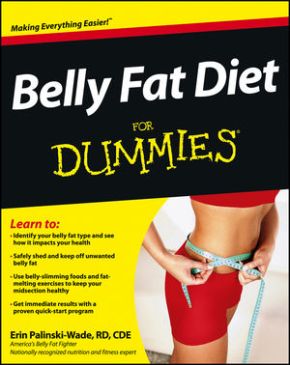
It’s National Nutrition Month! Let’s celebrate by 5 simple and easy changes you can make EVERYDAY to improve your health, energy levels, and overall well-being. And best of all, these simple habits can also help you lose weight and keep it off for good!
5 Simple Nutrition Changes to Start Making
Watch What You’re Drinking
A flavored coffee in the morning, an iced tea at lunch, a sports drink when you work out, and maybe a soda at night. All seems innocent enough, right? Wrong! These drinks can be loaded with hidden sugar and calories. And worst of all, research has shown us that you just don’t feel full from them. You’ll eat just as much the rest of the day, with or without these fluid calories. And since each of these drinks can pack in anywhere from 50-300 calories per serving, it can really add up!
In addition, consuming simple sugars on a regular basis can increase insulin resistance (a precursor to type 2 diabetes) along with increasing inflammation- a condition that research has indicated may be responsible for everything from heart disease to obesity and even Alzheimer’s disease.
Instead, drink water, unsweetened ice tea, coffee with just a splash of milk, and- if you want a sweeter drink- try my favorite trick: Freeze 100& fruit juice in an ice cube tray. Then, add one fruit-cube to a glass of water. It will provide you with a hint of natural sweetness without all the added sugar and calories.
Implement One Plant Based Day per Week
Ever hear of Meatless Mondays? It’s a movement to encourage having at least one day per week where you follow a vegetarian based lifestyle. Why? Research has shown that eating a plant based diet helps reduce body fat, decreases cardiovascular disease risk, and increases your intake of disease fighting antioxidants and phytochemicals.
But you have to do it right- sure eating candy and pasta all day is “meatless,” but that kinda defeats the point Try plant based proteins such as beans and lentils or even edamame. Snack on fresh fruit, vegetables, nuts, and seeds. Aim to make every food you put in your mouth rich in nutrients. And who knows, maybe you can even aim for two meatless days a week!
Eat Breakfast
If you want to make a huge impact on fighting fat, you have to start first thing in the morning. Breakfast is truly the most essential meal of the day, but to many people it’s an afterthought. If you are serious about losing weight for good, then you have to get started as soon as you wake up. Eating breakfast is essential for two reasons- it boosts metabolism and it helps you make better food choices throughout the day.
Breakfast also helps balance your blood sugar throughout the day- keeping cravings and hunger at bay. And, whether you are headed off to work or school, eating breakfast keeps you mentally sharp too. So eat up! What’s your favorite breakfast?
Eat at least one more fruit and one more vegetable per day
I find most of my clients, and even myself some days; do not eat enough fruits and vegetables. Why? There are tons of reasons- food preferences, convenience, availability, and the list goes on and on. Although we should be eating 5-7 servings per day, many of us are just not doing this. Instead of focusing on this amount, feeling overwhelmed, and just giving up- try this. First, think about how many vegetables and fruits you typically eat daily. Is it one of each? Now, for this week, try to eat one extra vegetable and one extra fruit daily. After you do that successfully, aim for an extra fruit and vegetable everyday next week, until you are eating 5-7 total servings each day.
Remember, fruits and vegetables can do everything from decreasing inflammation, reducing heart disease risk, fighting cancer, and promoting weight loss. So, as you can see, there are MANY reasons to eat more daily!
Get Seedy
Have you heard of chia seeds, psyillum seeds, and flax seeds? If not, you should! Chia seed and flax seeds are loaded with omega-3 fatty acids, the healthy fats that fight inflammation, reduce the risk of heart disease, and even may improve cognitive function. Psyllium seeds are loaded in soluble fiber, helping to reduce cholesterol levels and promote heart health. Start adding in 1-2 Tbs of seeds per day. Toss them in a salad, blend them in a smoothie, or even add them into a recipe, such as flax seed muffins. Your heart and brain will thank you!
What other healthy changes can you start making during National Nutrition Month?
If you are looking to revamp your diet, lose weight, or get in shape- you’re in luck! I now offer online and phone nutrition coaching, E-nutrition Mail packages, Mini Meal Makeovers, and Custom Meal Planning. Contact me today for more information or schedule your session online: http://www.erinpalinski.com/counseling.html
Copyright ErinPalinski.com 2012. All Rights Reserved.
For more information, check out Erin’s website, America’s Belly Fat Fighter, at www.erinpalinski.com










